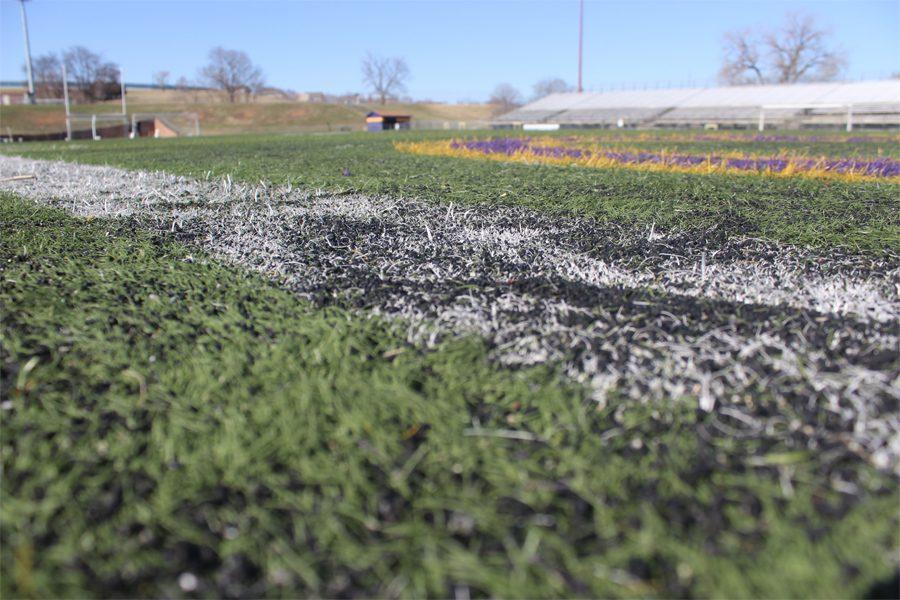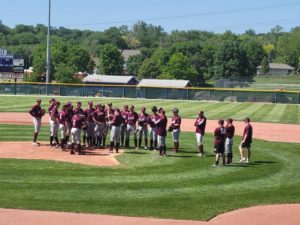School board begins bond project repairs
March 20, 2017
As discussed at the February Board of Education meeting, the district specified the bond projects that will be completed in 2017; in some cases, certain schools have already began the necessary repairs.
In order of priority, Bertha Barber, LeMay and Twin Ridge are specified as most important for the elementary repairs. Bertha Barber’s compressors are on their last leg, LeMay’s chiller needs replacing, and Twin Ridge’s controls on the chiller are obsolete.
Although ranked third for the needed elementary repairs, the school board listed LeMay Elementary School as the top priority for the district overall. One of the chillers needs to be repaired, and has been scheduled to be replaced. Ralph Gladbach, a Bellevue architect, explained that if not fixed by May half of the building will not have air.
Aside from the elementary schools, both Bellevue East and West will have their football fields replaced. The worn condition of the turf is a major safety concern. Due to the compaction of the subgrade material, athletes have a greater risk of concussions. The replacement of both turf fields will improve safety for the players.
One of the highest priorities is the district-wide wireless. In order to integrate more devices for learning, as discussed in the district’s iPad implementation plan, the wireless must be fully completed this year.
In addition to the district-wide wireless, the district plans to replace any teacher laptops that are at least 4 years old and not functioning well anymore. Furthermore, over 600 4-year-old iPads, currently being used in iPad Academy classrooms, will be replaced. This will affect 600-800 students that rely on iPads for learning and assignment completion.
The district has narrowed the bussing replacements down to the most unreliable, unmaintainable, or inefficient vehicles. The district currently owns 39 regular buses and 28 buses for students with disabilities. 34 of these buses are over 13 years old and 11 are at least 20 years old.
Due to this, transportation has become less efficient, are the buses have been scheduled to be replaced starting in 2017. Additionally, changes in the district’s Special Education student population have created the need for more Special Education busing. The transformation replacement has been scheduled in a five year replacement plan.
The district also hired a firm to inspect the roofs of each building in the district. The firm is also prioritizing each building with the expected cost and time needed for replacement.







